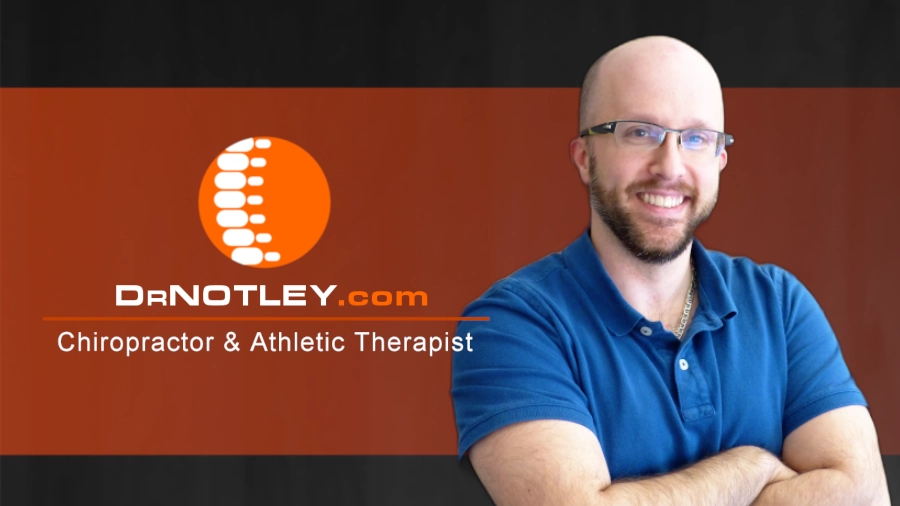One of my favourite exercises with a kettlebell is the Turkish get up. The unique part about the Turkish get up is that it takes use through a variety of movements that we should be able to perform in our daily life. These movements, primary movement patterns, are movements that are first learned within our first year of life but with an inactive lifestyle, . Examples of movement patterns are:
- Rolling from our back to our side
- Transition from our side to crawling/tripod position (on both knees and one hand)
- Transitioning from tripod position to half kneeling (this involves the hip hinge movement)
- Transitioning from half kneeling to standing.
The first part of the Turkish get up is rolling from your back to your side (a rolling/rotational pattern). For many this seems to be a challenging movement. Even some great athletes have difficulty with these movements.
The baby get up can be a way of assessing the rolling/rotational movement pattern to check for the readiness for the Turkish get up. It can also be a way to assess for proper scapular stabilization and to check for quality of a side/lateral core stability. If faults are seen in this basis movement then what happens in more complex movements? It is likely that the athlete will use other muscles to compensate thus leading to injury.
Check out this article to learn more and also check out the video
http://www.dynamicchiropractic.ca/mpacms/dc/article.php?id=56245
The baby get up is a great assessment tool but also may be a great way to prepare yourself for rotational movements like the turkish get up as well as movements that require scapular stabilization such as upper body movements like throwing and pressing. Using basic motor patterns that prepare the body for complex patterns.
Dr Notley
Winnipeg Chiropractor and Athletic Therapist
Originally posted on May 17, 2022 @ 4:37 pm
